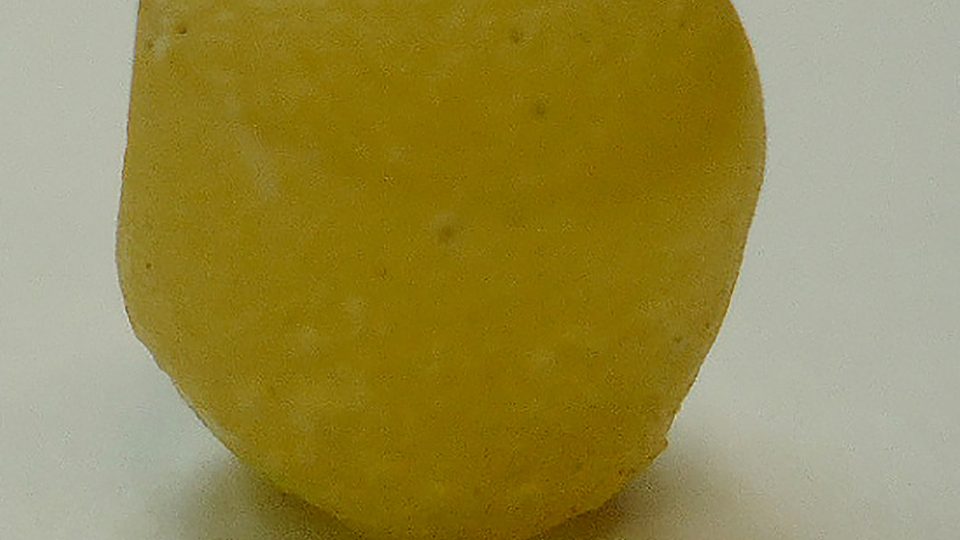Our challenge is to achieve high yields in renewable energies tending to elimination in the generation of carbon dioxide. We also try to eliminate intermediate stages in electricity generation from solar and wind energy
Our challenge is to achieve high yields in renewable energies tending to elimination in the generation of carbon dioxide. We also try to eliminate intermediate stages in electricity generation from solar and wind energy
GENERATION
Our group develops composite materials reinforced with fibers (glass, carbon, nanofibers and carbon nanotubes) and studies the fiber-matrix interaction in different environmental conditions to achieve greater performance of the materials used in wind blades
Oxicarburos and oxicabonitruros of silicon for solar systems of concentration to improve the emissivity of the surfaces of the collectors. Selective coatings of high thermal and mechanical resistance for solar concentration systems
Materials with thermionic and thermoelectric properties to obtain electrical energy from heat in high temperature conditions
We develop ceramic materials for applications such as electrochemical devices for the generation of electrical energy from H2. SOFC cells of solid oxides at operating temperatures of 800 to 1000ÂşC
STORAGE
Development of carbon supercapacitors derived from silicon oxycarbides with high electrical capacity and specially designed as a function of the ionic liquid
We develop photoluminescent ceramic materials with application in waveguides, lasers, optical memories, LEDS, etc. The objective is to improve their luminescent efficiency through the design (hollow spheres, nanorods, etc.) of such materials through different route synthesis
NEWS
Berta Pérez Román has obtained a scholarship to complet her Industrial Ph. Doctorate in the Comunidad of Madrid read more
PUBLICATIONS
At intermediate pyrolysis temperatures, Co forms labile carbides into the preceramic polymer network. Upon decomposition, Co leads to the formation of ordered carbonaceous structures. Co-carbon nano-onions (Co@CNO) appear into the silicon oxycarbide ceramers
For the Co-SiOC materials the electrochemical performance dependent not solely on the Co content but also to the graphitization degree of the carbonaceous phase
When the urea concentration increases less crosslinked structures are formed and the carbon crystallite size is reduced. Cerium induces an increase of the carbon size as well as the number of SiOC units. Pore anisotropy and smoothness of the surface are also dependent on the material composition
CONFERENCES

Electrode specific capacities of the Co/CDC materials vary from 120 to 1200 F/g
VIEW MORE
Specific capacity values increase to values greater than 100 F.g-1 even at high intensities of 20 A.g-1
VIEW MOREPROJECTS

The project will carry out an exhaustive characterization of ceramic thermionic materials to determine the best conditions for obtaining and processing. Electrical conductivity as a function of temperature for different processing conditions are well described.
VIEW PROJECT
Single-Crystal Nanorods of LaPO4•nH2O and LaPO4 doped with Tb3+ have been Prepared by Microwave-Assisted Hydrothermal Synthesis
VIEW PROJECTEDUCATION
New composite materials based on cellulose nanofibers (CNF) and carbon derived silicon oxycarbides of important mechanical and electrical properties
Write us, we will be happy to assist you
